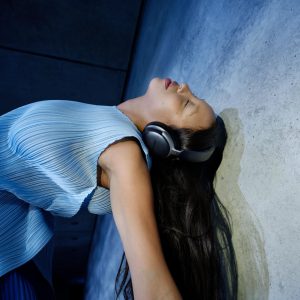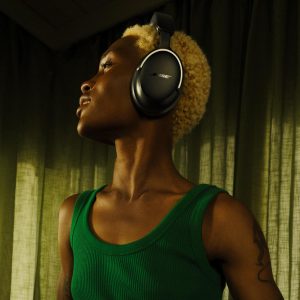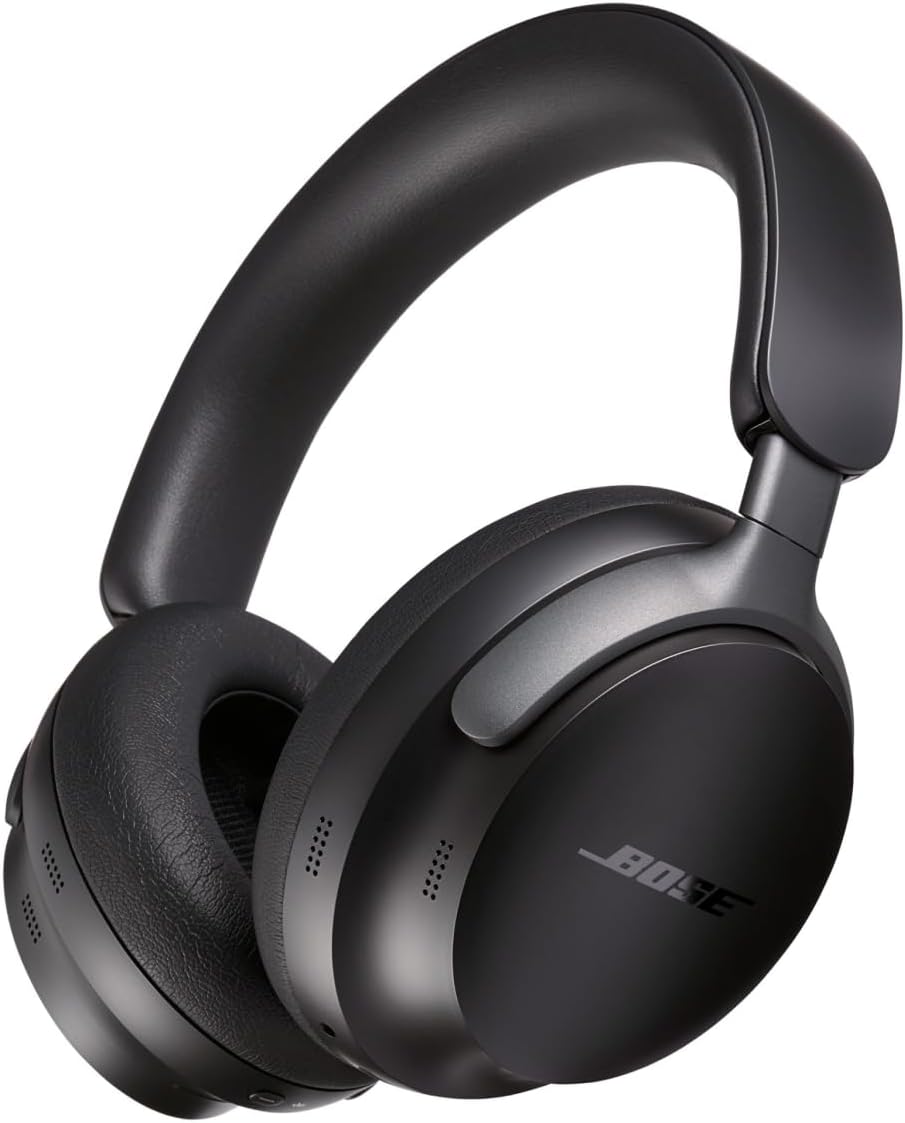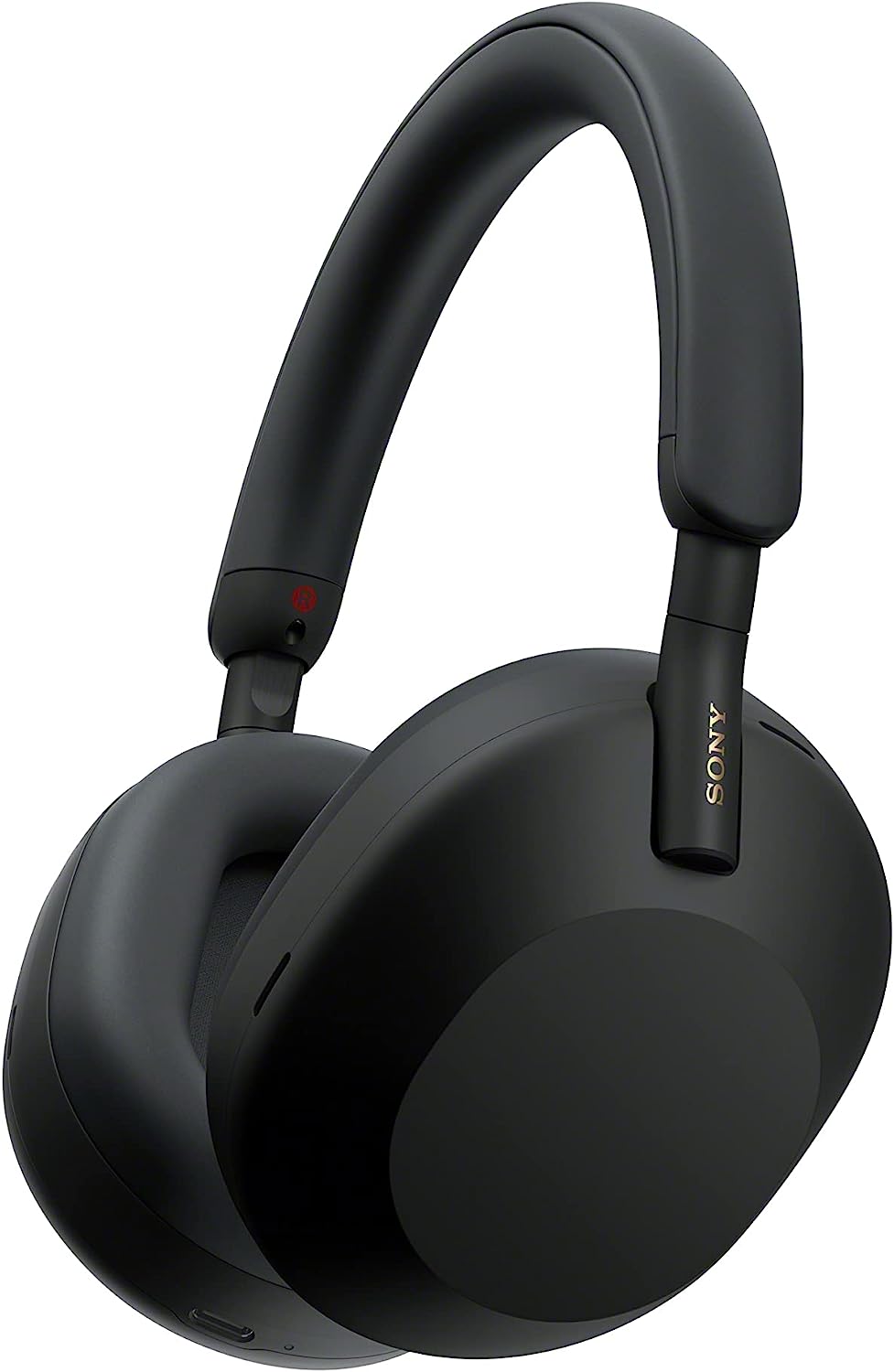We’ve all had those moments: you’re jammed into a packed subway, caught in office chatter, or stuck next to someone loudly FaceTiming at the airport gate—and all you want is silence. Not just a little less noise, but full-on blissful, immersive quiet. That’s the dream behind noise-cancelling headphones, and if you’re choosing between the Bose QuietComfort Ultra and Sony WH-1000XM5, let’s just say, you’re playing in the big leagues now.
Both of these are premium headsets. They’re sleek, packed with features, and promise a kind of audio escape you can carry in your bag. But here’s the catch—they’re not quite interchangeable. What one does best, the other doesn’t quite match. And figuring out which one’s “better” depends a lot on what drives you: is it sound fidelity, pure silence, long battery life, or something else entirely?
Let’s go deep into the differences. This isn’t a casual scroll. You’re about to drop serious money on one of these—so you deserve a full breakdown before you make that choice.
Familiar shapes, but distinct personalities

You’d be forgiven for mistaking one for the other at first glance. Both models share that smooth, modern over-ear silhouette—a blend of minimalism and quiet confidence. But when you put them side by side, details pop.
The Bose QuietComfort Ultra feels slightly bulkier—but in a good way. It has thicker padding on the earcups and headband, offering a plush, enveloping fit that’s easy to forget you’re wearing. Long listening sessions? No problem. That extra softness matters when you’re stuck on a transatlantic flight or cranking out spreadsheets all day.
Sony’s WH-1000XM5, on the other hand, goes for a sleeker profile. It’s subtly futuristic, with a thinner headband and fewer visual seams. It feels lighter—even if technically they weigh the same—and some will definitely prefer that minimalist look. The matte finish feels high-end, but also a bit more delicate. The kind of headset you baby a little more in your bag.
Both fold flat but don’t collapse inward anymore, which is a shame for travelers used to the old folding styles. But they each come with a nice protective case, so at least they travel well.
Noise cancellation: Bose changes the rules
Let’s be blunt: Bose didn’t just improve noise cancellation with the QuietComfort Ultra—it’s playing a different game.
Low-end hums, AC drones, airplane engines—it’s not that they’re reduced, they’re gone. The immersion is uncanny. And then there’s Immersive Audio Mode, which blends ANC with a spatial sound layer to create a kind of “quiet bubble” that’s weirdly addictive. You’re not just isolated—you feel placed inside a space, like you’ve stepped out of the chaos and into your own sonic room.
It uses ten microphones, strategically placed, to constantly adjust and correct the soundscape around you. That’s not marketing fluff—you hear the difference, especially in unpredictable environments. Think open windows, distant construction, chatty colleagues. All of it gets blurred into the background.
Now, Sony’s WH-1000XM5 isn’t far behind, and in some scenarios—like cafes or walking through a city—it performs almost identically. Its noise cancellation is still top-tier, adaptive, and smart. But that total, eerie silence you get with Bose? Sony’s just not quite as surgical.
Sound quality: Sony wins on richness and detail
Let’s flip the table now, because this is where Sony claws back the crown.
The WH-1000XM5 delivers a listening experience that feels warm, nuanced, and full of life. Vocals sit in a sweet spot, bass is deep but never bloated, and you get a sense of space that makes every song feel performed, not just played. Whether you’re into jazz, synthwave, or grime, Sony gives you a mix that’s textured and immersive.
In windy conditions or on voice calls, Sony also holds a technical edge. Its microphone calibration and wind-noise suppression make conversations clearer, especially on the move. You don’t sound like you’re calling from inside a tunnel, and you can actually hear the other person clearly, even on a breezy day.
Bose sounds excellent too—just more flat by comparison. That’s not a bad thing. It’s clean, accurate, and safe across genres. And when Immersive Audio is turned on, things feel more dimensional. But Sony’s tuning feels a little more alive, especially when you start noticing the dynamics in hi-res tracks.
Battery life: Sony wins, and it’s not even close

If battery life makes or breaks your headset choice, Sony is the obvious pick.
Up to 30 hours with ANC on, and up to 40 with it off. That’s days of listening without worrying about a recharge. And if you do run low, a 3-minute charge gives you up to 3 hours of playtime. That’s insane. You can plug in during a bathroom break and be good for the rest of your commute.
Bose taps out at around 24 hours with ANC on, and drops to roughly 18 when Immersive Audio is enabled. That’s still solid—but less forgiving if you forget to charge for a couple of days.
Their quick charge is decent too—15 minutes gives you about 2 hours—but again, Sony edges them out. For road warriors, podcast bingers, or people who just hate cables, that matters.
Everyday usability: a tight race with one clever edge
Both models deliver the basics: swipe gestures to control music, voice assistant access, auto play/pause when you take them off. They’re intuitive, responsive, and feel premium.
But Sony adds one smart extra—Speak-to-Chat. Start talking, and your music automatically pauses. You don’t need to hit a button or fumble for the transparency mode. After a few seconds of silence, playback resumes.
It’s one of those features you don’t know you need until you’ve used it. Having to manually pause music to say “yes, a tall latte please” is one of those tiny frictions that Sony just removes.
Bose skips that kind of automation. You can enter awareness mode manually, and it works well—but it requires action. That’s fine, but it feels a step behind once you’ve experienced Sony’s version.
Connectivity and apps: nearly a draw
Both use modern Bluetooth standards—Bose runs 5.3, Sony 5.2. In real life? No major difference. Both are rock solid at around 9 to 10 meters.
They each support multipoint connections, so you can jump between your phone and laptop without unpairing. That’s crucial if you live your life bouncing between devices.
The companion apps are equally good—you can tweak EQ, check battery life, adjust noise cancellation, and get firmware updates. Sony offers a slightly deeper EQ interface, while Bose simplifies with presets and an immersive mode slider.
No one really loses here—it’s more about which UI you vibe with.
Awareness modes: thoughtful execution on both sides

Both models understand that sometimes, you need to hear what’s going on around you.
Sony’s Ambient Sound Control is dynamic—it adapts based on location or motion. It’ll switch modes automatically if you’re walking, sitting, or entering a saved location like home or work. This kind of context-aware smartness is very Sony. You set it once and forget it.
Bose takes a more manual approach. You control the blend of ANC and transparency via the app or button cycles. It’s not as automated, but it is more customizable in real time—especially in Immersive Audio mode, where you can fine-tune how much outside sound you allow in.
So it’s convenience versus control. And again, it comes down to how much you like things to run on autopilot.
Ports, cables, and the usual extras
No surprises here—both use USB-C for charging, and both include audio cables for wired listening. The only minor difference is Bose uses a 2.5 mm to 3.5 mm cable, while Sony keeps it classic with a straight 3.5 mm stereo jack.
Each headset ships with a travel case, charging cable, and a nice unboxing experience that reminds you, yep, this is a flagship product.
And the winner is… it depends
We know. You wanted a clear verdict. But here’s the truth: both of these headphones are incredible, just in slightly different ways.
If absolute silence is your priority, or you want the most immersive ANC experience on the market, go with the Bose QuietComfort Ultra. The Immersive Audio Mode is unmatched, and the comfort is hard to beat. It’s the kind of headset that melts the world away.
But if you’re chasing richer sound, better battery, smarter features, and that extra edge in real-world usability, the Sony WH-1000XM5 makes a strong case. Its tuning is more refined, its automation is smarter, and its battery life is on another level.
So yeah, we’re split. But in the best way possible.
It’s like choosing between two luxury cars—they’ll both get you there in style. You just have to decide what kind of ride you want.


